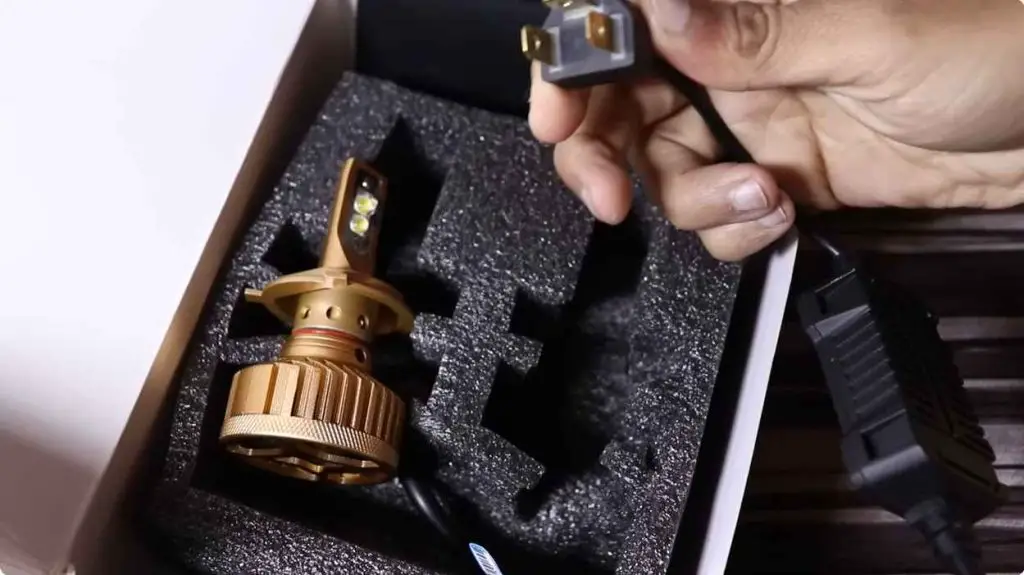LED headlight bulbs need cooling fans to dissipate heat and prevent overheating. Efficient heat management extends the bulbs’ lifespan and maintains performance.
LED headlight bulbs are an advanced automotive lighting solution offering improved visibility and energy efficiency. Despite their advantages, like any electronic device, they generate heat. If this heat is not adequately controlled, it can damage the LED chips and surrounding components, leading to premature failure.
Why Do Led Headlight Bulbs Need Cooling Fans? Cooling fans serve as an integral part of the thermal management system in LED headlights, actively dispersing heat away from the bulbs. A well-cooled LED headlight will consistently deliver optimal light output and color, ensuring safer driving conditions. The integration of cooling fans is a critical design consideration for maintaining reliability and performance in LED automotive lighting. Managing the heat effectively ensures that drivers benefit from the full potential of their LED headlights over the product’s intended lifespan.
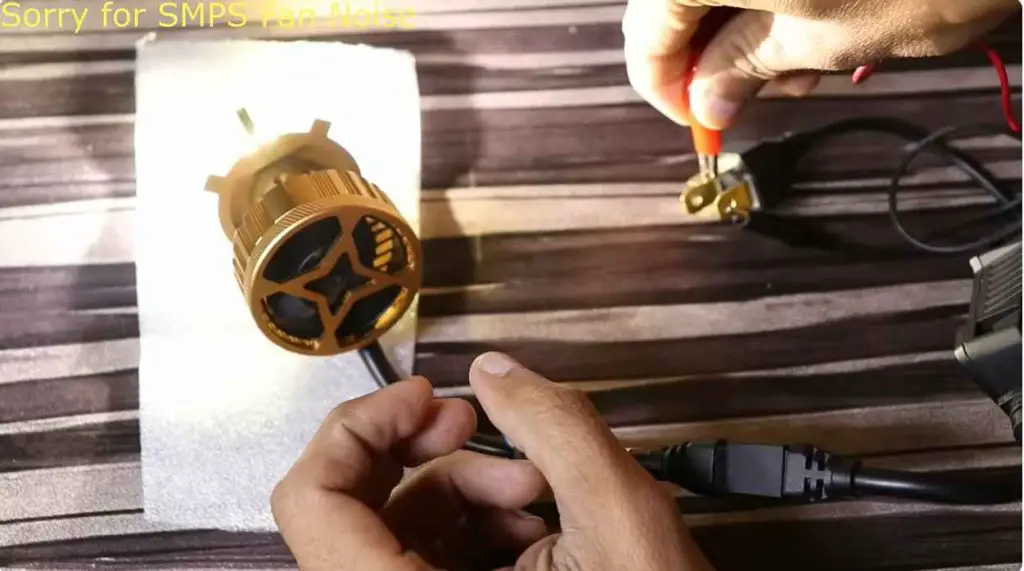
Introduction To Led Headlight Technology
Welcome to the dazzling world of LED headlight technology. This innovative lighting solution has transformed the automotive industry. It offers drivers improved visibility, durability, and energy efficiency in comparison to traditional bulbs.
Overview Of Led Headlights
LED headlights shine brighter and last longer. They use semiconductors to convert electricity into light. These advanced lights provide a spectrum of benefits:
- Intense brightness for better road clarity
- Lower energy consumption compared to halogen bulbs
- Longevity with a lifespan stretching over many years
Evolution Of Automotive Lighting
The journey of automotive lighting has been remarkable. From the early gas lamps to the modern LED systems, vehicle lights have become an important aspect of car design and functionality. The evolution can be summarized in three key stages:
| Generation | Lighting Type | Characteristics |
|---|---|---|
| 1st | Gas Lamps | Basic, dim |
| 2nd | Halogen Bulbs | Brighter, more reliable |
| 3rd | LED Lights | Highly efficient, superior brightness |
Comprehending Led Headlight Bulbs
LED headlight bulbs are popular for their brightness and longevity. Unlike traditional halogen bulbs, LEDs work differently. They need effective cooling to function properly. Let’s dig into the components of LED headlight bulbs and how they produce light.
Components Of LED Headlight Bulbs
An LED headlight bulb consists of multiple key parts:
| Component | Description |
|---|---|
| LED Chips | Light-producing elements. |
| Heat Sink | Dissipates heat to keep the bulb cool. |
| Driver | Controls power to the LEDs. |
| Cooling Fan | Assists in managing heat. |
Each component plays an important role. The cooling fan is especially important, as it ensures the bulb does not overheat, maintaining optimal performance.
How Led Bulbs Produce Light
LED bulbs create light through a simple yet effective process:
- Electricity passes through the driver.
- It then reaches the LED chips.
- The chips emit light when powered.
- Excess heat is moved away by the heat sink and cooling fan.
This process keeps the bulbs bright and efficient. Without cooling fans, the heat generated by the LEDs could cause damage and reduce the bulb’s lifespan.
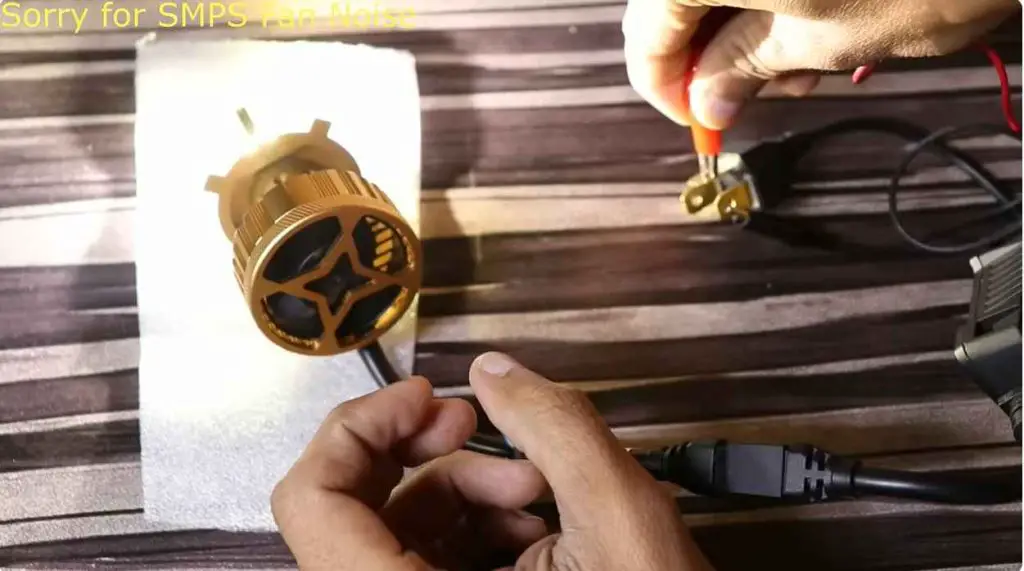
The Importance Of Temperature Management In Leds
LED headlight bulbs are widely known for their high efficiency and brightness. But, like all high-performance electronics, they generate heat. Without proper temperature management, their performance can falter. Cooling fans are essential in maintaining the optimal operating temperature, ensuring that your LED headlights continue to shine bright and stay reliable on the road.
Thermal Effects On Led Performance
- Excessive heat diminishes the brightness of LEDs.
- High temperatures can lead to a shift in color, producing a less desirable hue.
- Heat buildup can cause material degradation over time.
Integrating cooling fans into LED headlight systems helps dissipate heat and maintain consistent performance.
Longevity And Reliability Concerns
When it comes to LEDs, longevity is a key advantage. High temperatures put that longevity at risk by accelerating wear and tear.
| Without Cooling | With Cooling |
|---|---|
| Leads to premature failure | Preserves LED lifespan |
| Increases maintenance costs | Ensures consistent output |
Reliable operation depends on effective heat management. Cooling fans are a proven solution to protect against thermal damage and maintain light integrity.
Why Led Bulbs Generate Heat
Ever wondered why LED headlight bulbs need cooling fans? While LEDs are celebrated for their efficiency, they still generate heat—just like any other electronic device. This heat must be managed to maintain performance and lifespan. Let’s dig into the reasons behind this thermal buildup.
The Inherent Nature Of Electronic Devices
Why do all electronics, including LEDs, produce heat? Every electronic device relies on an electrical current to function. This current flows through components, and some energy is always lost as heat. It’s a basic principle of electronics that we cannot ignore. Without effective heat management, this can lead to damage and shorten the device’s life.
Heat Generation In Semiconductors
LED bulbs create light through semiconductors. As electricity passes through the semiconductor material, it generates light—a process known as electroluminescence. Not all electrical energy converts into light; some turns into heat. This heat is not as intense as in older light bulbs but is significant enough to require cooling mechanisms like fans.
In summary, LED headlight bulbs generate heat because of the inherent nature of electronic devices and the workings of semiconductors. Comprehending this heat generation is key to comprehending why cooling fans are essential for LED headlights. They ensure your lights perform well and have a long lifespan.
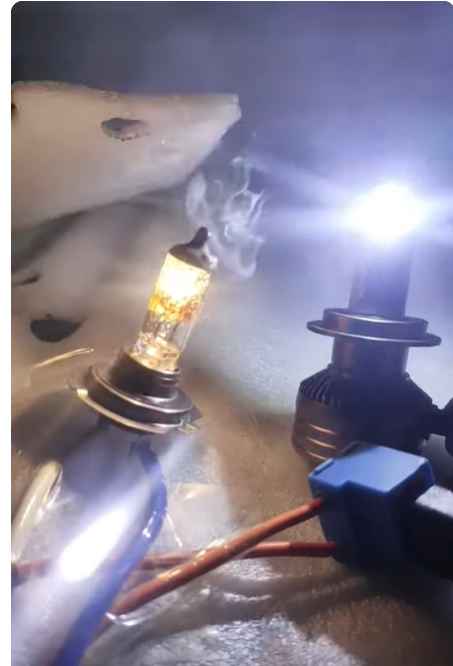
How Cooling Systems Enhance Led Efficiency
LED headlights offer bright lights for cars. But they get hot when used. Cooling systems help them work better and last longer. These systems stop the lights from getting too hot. This means safer driving at night with clear lights.
Heat Dissipation Methods
LED bulbs produce light and heat. The light is good, but the heat needs to go away. This is called heat dissipation. Good heat dissipation keeps the bulbs cool. It makes them work well and not break.
- Heat sinks: Metal parts that take heat away from the LED.
- Cooling fans: Small fans inside the bulb. They blow hot air away.
- Copper braids: Flexible metal wires. They spread the heat around.
Role Of Cooling Systems In Maintaining Optimal Temperature
Cooling systems in LED bulbs do a big job. They make sure the bulb does not get too hot. A bulb that’s not too hot works better. It shines brighter and lives longer.
| Component | Function |
|---|---|
| Fans | Push cool air in and take hot air out. |
| Heat Sinks | Grab heat and let it go into the air. |
| Copper Braids | Spread heat from the bulb to the air. |
When the bulb stays at the right temperature, it works the best. Lights stay bright and don’t waste energy. Your car gets good lights that save money.
The Function Of Cooling Fans In LED Headlight Bulbs
When it comes to the world of automotive lighting, comprehending the need for cooling fans in LED headlight bulbs is important. The debate of halogen headlights vs. LED headlights has led to the emergence of different technologies, including best LED headlights and fanless LED headlight bulbs.
Many wonder, “Do LED headlights get hotter than halogen?” The answer lies in the innovative inclusion of cooling fans in LED headlight bulbs with fans. These fans play a pivotal role in maintaining optimal temperature levels, ensuring longevity and performance.
Finding the nuances of LED headlights with fan technology unveils a fascinating comparison with traditional halogen headlights. We dig into the advantages of fanless LED headlights and assess their claim to being the brightest LED headlights in the market. Join us on a journey to decode the mystery behind cooling fans and find out the best solutions for your automotive lighting needs.
The Mechanics Of Cooling Fans
Cooling fans in LED headlights aren’t just ordinary fans; they’re miniature engineering marvels. These fans pull hot air away from the LED chips, sending it outside the headlight housing. This constant airflow stops the LEDs from overheating. It’s a simple but effective way to increase the bulb’s lifespan and maintain its brightness. Operating quietly behind the scenes, these fans ensure your headlights remain reliable on dark roads.
Cooling Fans Vs. Passive Cooling Solutions
- Active Cooling: Fans create air movement directly.
- Fast Heat Dissipation: Fans can remove heat quickly.
- Compact Design: Ideal for tight spaces in the headlight assembly.
Versus passive cooling like heat sinks:
- No Moving Parts: Heat sinks rely on natural heat dispersion.
- Quiet Operation: Without fans, there’s no noise.
- Limited Cooling: Less effective in hot climates or long-term use.
In comparison, cooling fans offer precise control over temperatures and adapt to different conditions. While heat sinks work well for steady heat management, cooling fans kick into high gear when the going gets tough. This dynamic response ensures peak performance no matter the driving scenario.
Design And Engineering Of Led Cooling Fans
Why do LED headlight bulbs need cooling fans? The answer lies in their design and engineering. LEDs generate heat during operation. Without proper cooling, they can overheat, leading to diminished performance or failure. This is where cooling fans come in, ensuring your LED headlights keep a cool head even on the hottest nights.
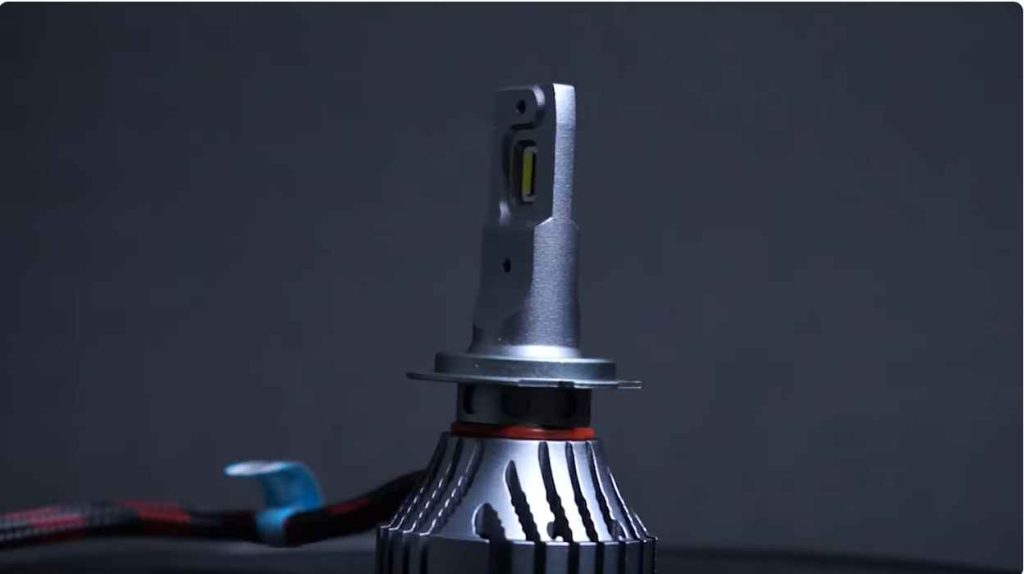
Innovation In Cooling Fan Technology
LED cooling fans are not what they used to be. Thanks to innovation, these fans are smarter, more efficient, and quieter than ever. Let’s find out the advances that keep LED headlights cool.
- Magnetic Levitation: Some fans now use magnetic levitation to reduce friction. This makes them run smoother and last longer.
- Compact Design: New fans fit into tighter spaces. They leave more room for other engine components.
- Temperature Sensors: These sensors adjust fan speed based on heat levels. This feature helps save energy.
Materials And Design Considerations
The right materials and design ensure a cooling fan does its job effectively. Fans must be tough and endure extreme conditions. Here’s what manufacturers consider when creating LED cooling fans:
| Material | Properties | Benefits |
|---|---|---|
| Aluminum | Lightweight, conducts heat well | Helps pull heat away from the LEDs quickly |
| Plastics | Heat-resistant, easily molded | Ideal for creating custom shapes for efficient airflow |
| Ceramics | Durable, withstands high temperatures | Ensures long-term stability of the fan structure |
Manufacturers also focus on the fan’s blade design. Blade shape and size determine how well a fan moves air. As a result, a good fan design reduces noise while maximizing airflow. With these considerations, cooling fans ensure LEDs perform at their best, for longer.
Benefits Of Cooling Fans In LED Headlights
The Benefits of Cooling Fans in LED Headlights are immense. LEDs generate heat. High heat can damage them. Cooling fans remove that heat. This keeps LED headlights performing well. Let’s find out the key benefits of having cooling fans in LED headlights.
Improved Lumen Output
Brighter light means better visibility. Cooling fans help maintain this brightness. Overheating can cause LEDs to dim. With cooling fans, this is not a problem. Fans help sustain optimal light output. This means you can see further and clearer on the road.
Extended Lifespan Of Led Bulbs
Heat shortens an LED’s life. Cooling fans extend it. They do this by constantly lowering temperatures around the bulb. A cooler environment reduces wear and tear. This leads to bulbs that last much longer. You won’t need to replace them as often.
| Aspect | With Cooling Fan | Without Cooling Fan |
|---|---|---|
| Lumen Output | Higher & Steady | Diminishes with Heat |
| Lifespan | Extended | Reduced |
- Consistent Performance: Cooling fans ensure LED headlights always work well, always.
- Energy Efficient: Fans use minimal energy, so they won’t drain your car’s battery.
- Durable: Bulbs with fans handle tough conditions better.
Potential Drawbacks And Challenges Of Cooling Fans
LED headlight bulbs shine brighter and last longer than traditional bulbs. But they need cooling fans to manage heat. These fans keep LEDs working at the right temperature. Yet, not everything about cooling fans is perfect.
Noise Issues
Cooling fans can be noisy. When you’re driving, a loud fan can be annoying. This noise comes from the fan blades spinning. Some people find this sound troubling, especially during a quiet drive.
Mechanical Wear And Failure
Moving parts wear out over time. Cooling fans in LED bulbs are no different. They can stop working if they wear out or get damaged. This means your headlight might overheat and fail. When a fan fails, the bulb could stop working too soon.
Frequent replacements can be costly and bothersome. Here are some common fan failures:
- Bearings getting worn out
- Dust and debris causing blockages
- Electrical issues leading to malfunctions
Regular maintenance is key to keeping fans running smoothly. Check your headlights for any signs of problems. This will help you prevent unexpected bulb burnouts.
Comparing Cooling Solutions: Fans Vs. Heat Sinks
LED headlight bulbs generate heat that needs managing. Two popular methods to cool them down are using fans or heat sinks. Comprehending these methods is important to maintaining LED performance and longevity. Let’s dig into how they stack up against each other.
Efficiency And Effectiveness Comparison
Efficiency in cooling is vital for LED headlights. It ensures that bulbs perform optimally over their lifespan.
- Fans offer active cooling, pushing heat away quickly.
- Heat sinks rely on passive cooling, absorbing and dispersing heat.
Active cooling is more effective in areas with limited airflow, but the complexity of fans might raise durability concerns.
Application Specific Considerations
Different vehicles and environments require tailored cooling solutions.
| Cooling Method Criteria | |
|---|---|
| Fans | Heat Sinks |
| Compact spaces: effective where airflow is restricted | Open designs: perform well with natural air currents |
| Moving parts may fail sooner | No moving parts, less prone to breakdown |
| Noise: can be louder due to the fan | Silent operation with no noise output |
It is important to find a balance between cooling efficiency and the specific requirements of an application. Durability, noise levels, and space constraints all play a role in determining whether a cooling fan or heat sink is the best choice for a particular LED headlight setup.
The Future Of LED Headlight Cooling Technologies
LED headlight bulbs are the marvels of modern automotive lighting. They offer brilliance like no other. High intensity is their game, and with great power comes great responsibility, to dissipate heat efficiently! Cooling fans have been the traditional go-to for this. But as we cruise into the future, cooling tech is shifting gears. Imagine headlight systems not just sleeker but also smarter. That’s what’s in store with the next-gen cooling technologies for LED headlights.
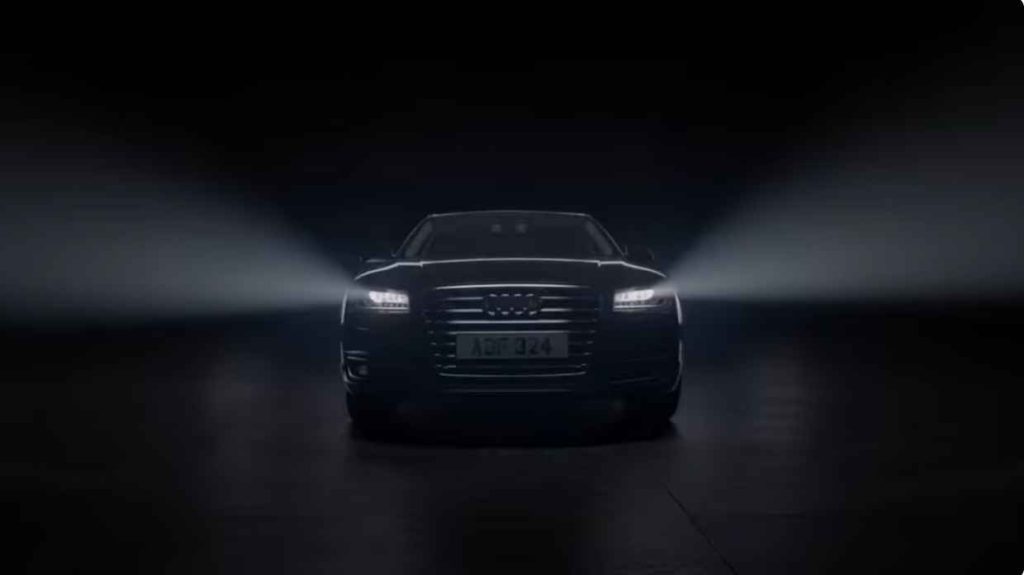
Emerging Innovations
As LED technology races forward, cooling innovations are not far behind. Engineers are crafting solutions that are more compact and more effective at whisking away heat. Let’s find out about a few:
- Heat Pipes: These conduct heat away to a radiator-like device.
- Graphene-Based Materials: Known for excellent thermal conductivity.
- Active Thermoelectric Coolers: They use electricity to transfer heat.
These methods point to a future where cooling is no longer noisy and bulky. They promise to keep headlights cool, ensuring longevity and reliability.
Impact On Automotive Lighting Designs
The ripple effect of cutting-edge cooling solutions touches the very design of automotive lighting. Sleeker, more aerodynamic headlights are on the drawing board, thanks to the miniaturization of cooling tech.
| Cooling Technology | Design Impact |
|---|---|
| Heat Pipes | Reduction in overall headlight size |
| Graphene Cooling | Potential for more artistic and fluid designs |
| Thermoelectric Coolers | Integration into smart headlight systems |
This shift holds promise for functional art in the world of cars. Designers can dream bigger, and cars can wear headlights as a mark of innovation.
Frequently Asked Questions On Why Do Led Headlight Bulbs Need Cooling Fans
Do I Need A Fan For My LED Headlights?
Most LED headlights do not require fans for cooling. Advanced designs use heat sinks or passive cooling systems to manage temperature efficiently. Fans may be integrated into high-performance LEDs but are generally not necessary for standard installations.
Do Led Headlights Need Ventilation?
Yes, LED headlights require ventilation to dissipate heat and ensure longevity. Proper airflow prevents overheating and maintains optimal performance.
Do Led Lights Need To Be Cooled?
Yes, LED lights require cooling as they generate heat. Effective heat dissipation prolongs their lifespan and maintains efficiency.
Do Led Headlight Bulbs Get Hot?
Yes, LED headlight bulbs can get hot, but they are generally cooler than halogen bulbs. They include heat sinks to manage heat dissipation.
Conclusion
LED headlight bulbs incorporate cooling fans for an essential purpose: longevity. Efficient heat dissipation ensures these bulbs perform optimally and prevent premature failure. Remember, cooler LED systems equal brighter lights and safer drives. Choose wisely for enduring and reliable vehicle illumination.

